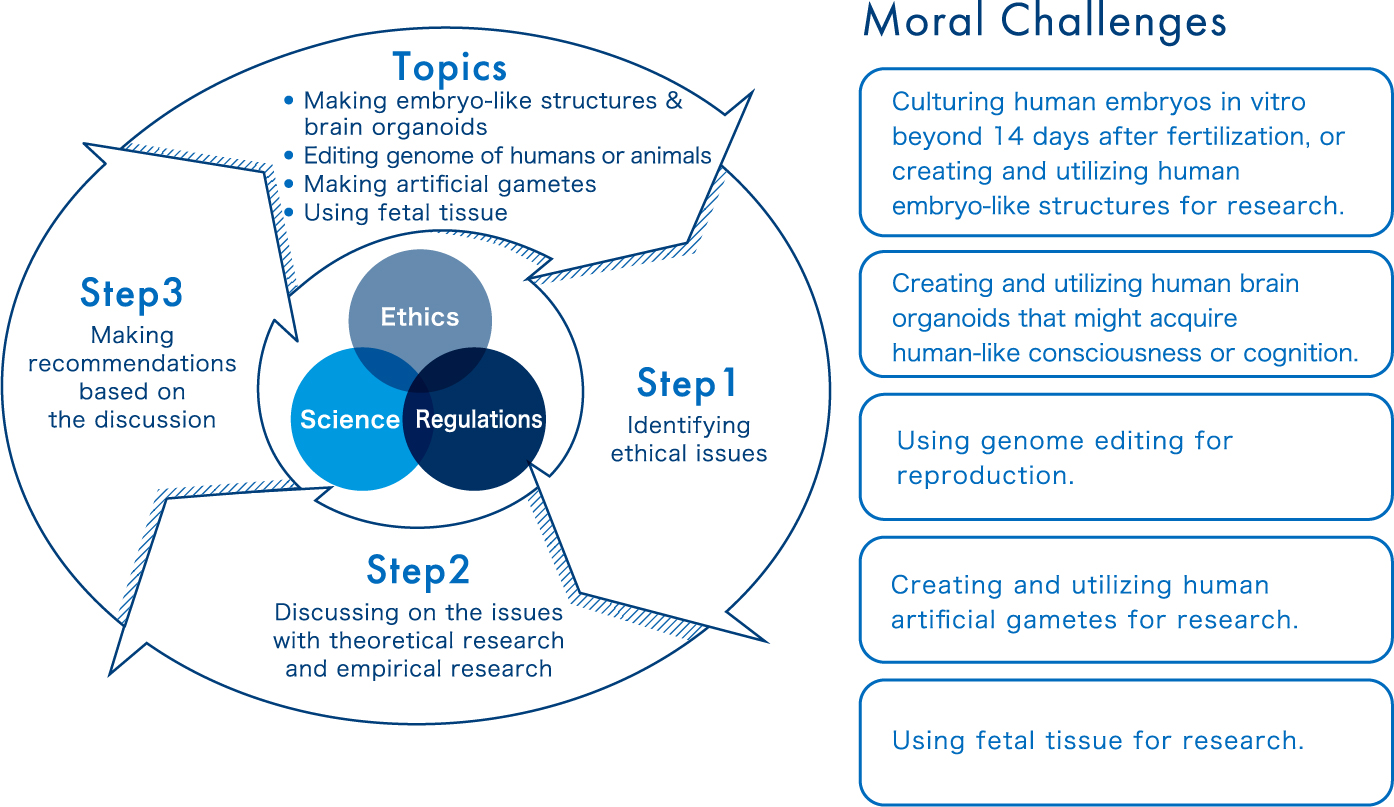The Importance Of Interdisciplinary And Transdisciplinary Research Methods

Table of Contents
Enhanced Problem-Solving Capabilities through Interdisciplinary and Transdisciplinary Approaches
Complex problems rarely reside neatly within the confines of a single academic discipline. Combining different perspectives through interdisciplinary and transdisciplinary research methods offers a more comprehensive understanding and, ultimately, more effective solutions. Interdisciplinary research integrates knowledge from multiple disciplines, creating a synergistic effect where the whole is greater than the sum of its parts. Transdisciplinary research goes further, transcending disciplinary boundaries to actively involve stakeholders beyond academia, such as policymakers and community members, in the research process.
For instance:
- Climate change research: Requires the combined expertise of climatologists, sociologists, economists, and political scientists to understand the complex interplay of environmental, social, and economic factors.
- Public health interventions: Benefit significantly from integrating medicine, epidemiology, social sciences, and behavioral science to understand and address disease transmission and health disparities.
- Urban planning: Effective urban planning necessitates the integration of architecture, engineering, sociology, environmental science, and economics to create sustainable and livable cities.
The limitations of single-discipline approaches become starkly apparent when tackling complex issues. A purely economic analysis of climate change, for example, might overlook crucial social and environmental impacts. Interdisciplinary and transdisciplinary methods mitigate this risk by providing a holistic and nuanced perspective.
Fostering Innovation and Creativity in Research
The cross-pollination of ideas inherent in interdisciplinary and transdisciplinary research methods is a powerful engine for innovation. By bringing together researchers with diverse backgrounds, perspectives, and methodologies, these approaches create an environment ripe for creative breakthroughs. New research questions emerge from the unexpected intersections of disciplines, leading to the development of novel research methodologies and innovative solutions.
Examples of groundbreaking discoveries fueled by interdisciplinary collaboration include:
- Development of new materials: Advances in materials science often arise from the collaboration of physicists and chemists, combining their expertise in atomic structure and chemical reactions.
- Advances in medical technology: Bioengineering and medical research partnerships have led to significant advancements in medical imaging, prosthetics, and drug delivery systems.
The diverse skill sets brought together in these collaborations are crucial for tackling challenging research problems. This diverse thinking allows researchers to approach problems from multiple angles, identify new avenues of inquiry, and ultimately achieve more significant advancements.
Addressing Real-World Challenges through Transdisciplinary Research
Transdisciplinary research plays a unique and vital role in addressing complex, real-world problems. It goes beyond integrating knowledge from multiple disciplines; it actively engages stakeholders – policymakers, community members, practitioners – in the entire research process. This collaborative approach ensures that research findings are relevant, impactful, and effectively translated into practice.
Successful transdisciplinary projects demonstrate this power:
- Community-based participatory research in public health: Engaging communities in the design and implementation of public health interventions leads to more effective and sustainable outcomes.
- Sustainable development initiatives: Involving scientists, policymakers, and local communities in the development of sustainable development plans ensures that solutions are both environmentally sound and socially equitable.
- Addressing social inequalities: Collaborative research involving social scientists, community leaders, and policymakers is crucial for understanding and addressing complex issues like poverty and discrimination.
While transdisciplinary research offers immense potential, it also presents challenges, such as managing diverse perspectives, ensuring equitable participation, and effectively communicating findings across different stakeholder groups. However, the potential rewards – effective solutions to pressing societal challenges – far outweigh these difficulties.
Improving Research Quality and Rigor
Diverse perspectives enhance critical analysis and contribute to improved research quality. The rigorous methodologies employed in interdisciplinary and transdisciplinary research often incorporate the strengths of multiple disciplines, leading to more robust and reliable findings. Furthermore, the peer review and validation processes inherent in these approaches ensure that research is held to high standards, enhancing its credibility and impact.
Effective evaluation of interdisciplinary and transdisciplinary projects necessitates methodologies that capture both the scientific rigor and the societal impact of the research. This often involves mixed-methods approaches that combine quantitative and qualitative data to assess the effectiveness of interventions and the overall project outcomes.
Overcoming Challenges in Interdisciplinary and Transdisciplinary Research
Several obstacles can hinder the success of interdisciplinary and transdisciplinary research:
- Communication barriers: Researchers from different disciplines may use different terminology and have different research paradigms.
- Different research cultures: Different disciplines may have different approaches to research design, data analysis, and knowledge dissemination.
- Funding challenges: Securing funding for interdisciplinary and transdisciplinary research can be challenging, as it often requires navigating multiple funding agencies and demonstrating impact across disciplines.
- Difficulty in measuring impact: The broad scope of interdisciplinary and transdisciplinary projects can make it difficult to measure their impact using traditional metrics.
Overcoming these challenges requires proactive strategies: establishing clear communication protocols, developing shared research goals and objectives, securing diverse funding sources, and employing innovative methods for evaluating impact.
Embracing Interdisciplinary and Transdisciplinary Research for a Brighter Future
In conclusion, adopting interdisciplinary and transdisciplinary research methods offers significant advantages: enhanced problem-solving capabilities, increased innovation and creativity, effective solutions to real-world challenges, and improved research quality. These approaches are essential for tackling the world's most pressing challenges. We urge researchers to explore the potential of interdisciplinary and transdisciplinary research methods in their own work, to seek out opportunities for collaboration across disciplinary boundaries, and to actively research funding opportunities specifically designed to support this innovative type of research. The future of impactful research lies in embracing collaboration and transcending traditional disciplinary limits.

Featured Posts
-
 Amazon Syndicat Des Travailleurs Et Fermetures De Depots Devant Le Tribunal Du Travail Du Quebec
May 19, 2025
Amazon Syndicat Des Travailleurs Et Fermetures De Depots Devant Le Tribunal Du Travail Du Quebec
May 19, 2025 -
 April 17th Nyt Connections Game Hints And Solutions 676
May 19, 2025
April 17th Nyt Connections Game Hints And Solutions 676
May 19, 2025 -
 Anchor Brewing Shuttering What Happens Next
May 19, 2025
Anchor Brewing Shuttering What Happens Next
May 19, 2025 -
 Acc Tournament Unc Secures Important Win Against Notre Dame
May 19, 2025
Acc Tournament Unc Secures Important Win Against Notre Dame
May 19, 2025 -
 Panigyria Kai Eortastikes Ekdiloseis Stis Enories Tis Kastorias Ton Maio
May 19, 2025
Panigyria Kai Eortastikes Ekdiloseis Stis Enories Tis Kastorias Ton Maio
May 19, 2025
